Guides
Persian Silk Tree: A Complete Guide to Growing, Caring for, and Understanding Albizia Julibrissin
Are you considering adding a beautiful, low-maintenance tree to your garden or landscape? The Persian Silk Tree, also known as Albizia julibrissin or the Mimosa tree, might be the perfect choice for you. This stunning tree is celebrated for its unique, fluffy pink flowers and its ability to thrive in a variety of climates. In this guide, we’ll dive into everything you need to know about the Persian Silk Tree, from its growth habits and care requirements to its potential invasiveness and cultural significance. Whether you’re a seasoned gardener or a beginner, this article will give you all the insights you need to grow this gorgeous tree successfully.
What is a Persian Silk Tree?
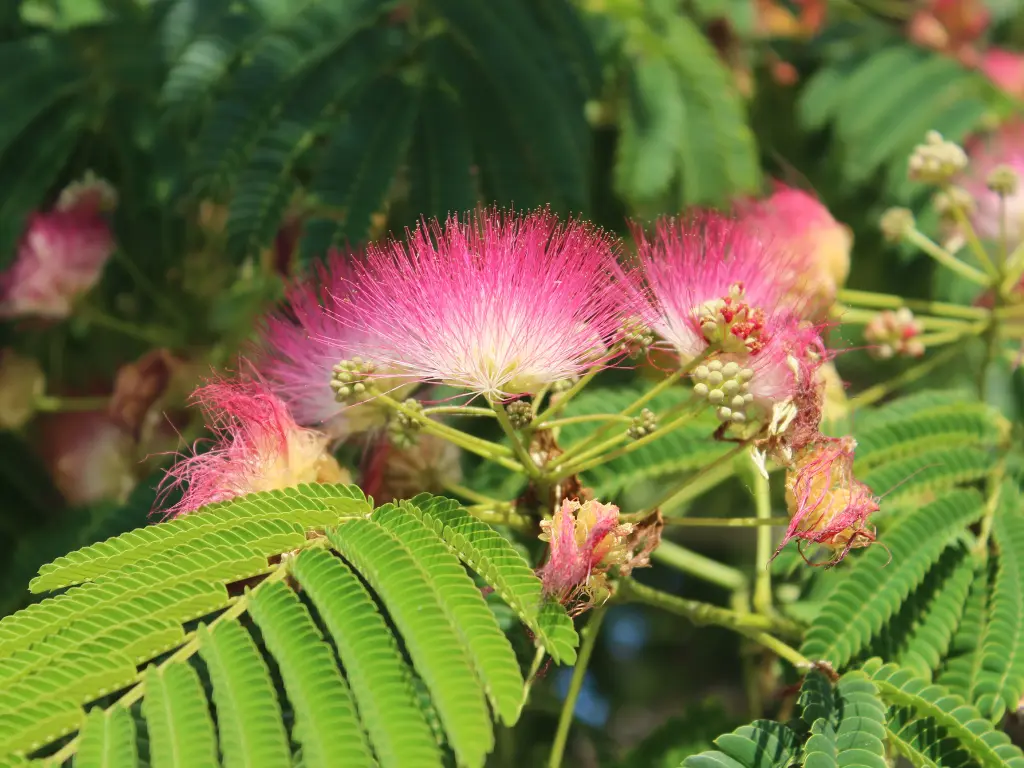
The Persian Silk Tree, scientifically known as Albizia julibrissin, is a fast-growing deciduous tree native to Asia. It is part of the Fabaceae family, which is the same family as other nitrogen-fixing plants like peas and beans. This tree has become a popular ornamental tree in gardens and parks around the world, particularly for its delicate, pink fluffy flowers that resemble silk threads, giving it the name Silk Tree.
Aside from its beauty, the Persian Silk Tree is also known for its ability to fix nitrogen in the soil, which improves soil health, making it a valuable addition to many landscapes. However, it is important to note that while this tree is attractive, it can be invasive in certain regions, particularly in parts of the United States.
Key Features
Before you plant a Persian Silk Tree in your yard, it’s important to understand what makes it special. Let’s take a closer look at the tree’s key characteristics:
-
Height and Size: Persian Silk Trees typically grow between 6 to 12 meters (20 to 40 feet) tall, making them an excellent choice for creating shade or adding vertical interest to your landscape.
-
Flowers: The tree is most famous for its showy pink flowers, which bloom in clusters during the summer. These flowers are fluffy, resembling a silk pom-pom, which gives the tree its name. The flowers attract bees and butterflies, making it a great choice for pollinator-friendly gardens.
-
Leaves: The tree’s feathery leaves are composed of numerous small leaflets arranged in a pattern similar to that of ferns. This delicate leaf structure adds to the tree’s ornamental appeal.
-
Nitrogen-Fixing Ability: Like other members of the legume family, the Persian Silk Tree can fix nitrogen in the soil, enriching the surrounding soil and benefiting other plants that grow nearby.
-
Invasive Nature: While the Persian Silk Tree is beautiful, it is considered an invasive species in many parts of the United States, especially in the southeastern states like Florida and Texas. Its seeds spread easily by wind, and the tree can quickly take over areas where it isn’t properly managed.
Benefits of the Persian Silk Tree
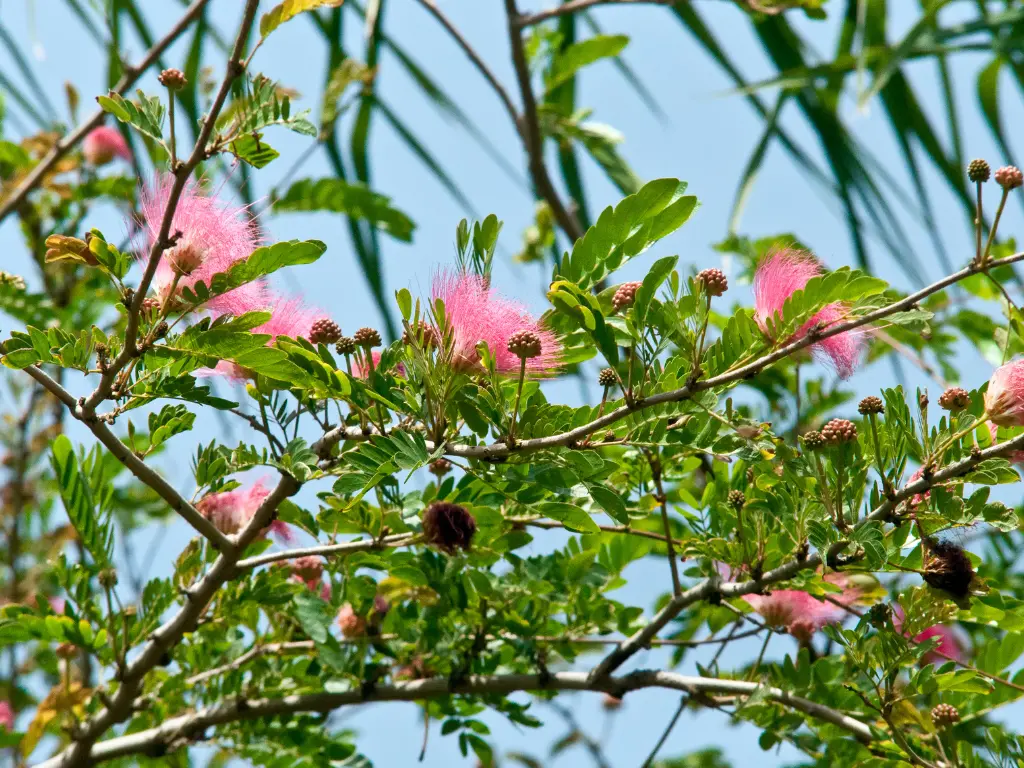
While the Persian Silk Tree is an invasive species in some areas, it does offer a number of benefits when managed properly. Here are some of the key advantages of this stunning tree:
-
Ornamental Value: The tree’s striking pink flowers make it an excellent choice for adding color and beauty to any landscape.
-
Pollinator-Friendly: The Persian Silk Tree attracts bees, butterflies, and other pollinators, which can help support local ecosystems.
-
Soil Enrichment: As a nitrogen-fixing tree, the Persian Silk Tree helps improve the quality of the soil around it, benefiting other plants that grow nearby.
-
Shade: With its large canopy, the Persian Silk Tree provides ample shade, making it a great choice for creating a cool, relaxing outdoor space.
Persian Silk Tree in Cultural and Medicinal Uses
In addition to its ornamental and ecological benefits, the Persian Silk Tree has a rich history in cultural and medicinal practices. In traditional medicine, various parts of the tree, including the flowers and bark, have been used in different cultures, particularly in Asia, to treat conditions like insomnia, anxiety, and pain. While modern science has yet to confirm all of these benefits, the tree continues to play an important role in many herbal remedies.
In addition, the Persian Silk Tree holds cultural significance in many parts of the world, particularly in Japan, where it is often featured in poetry and art as a symbol of summer.
Caring for Persian Silk Tree
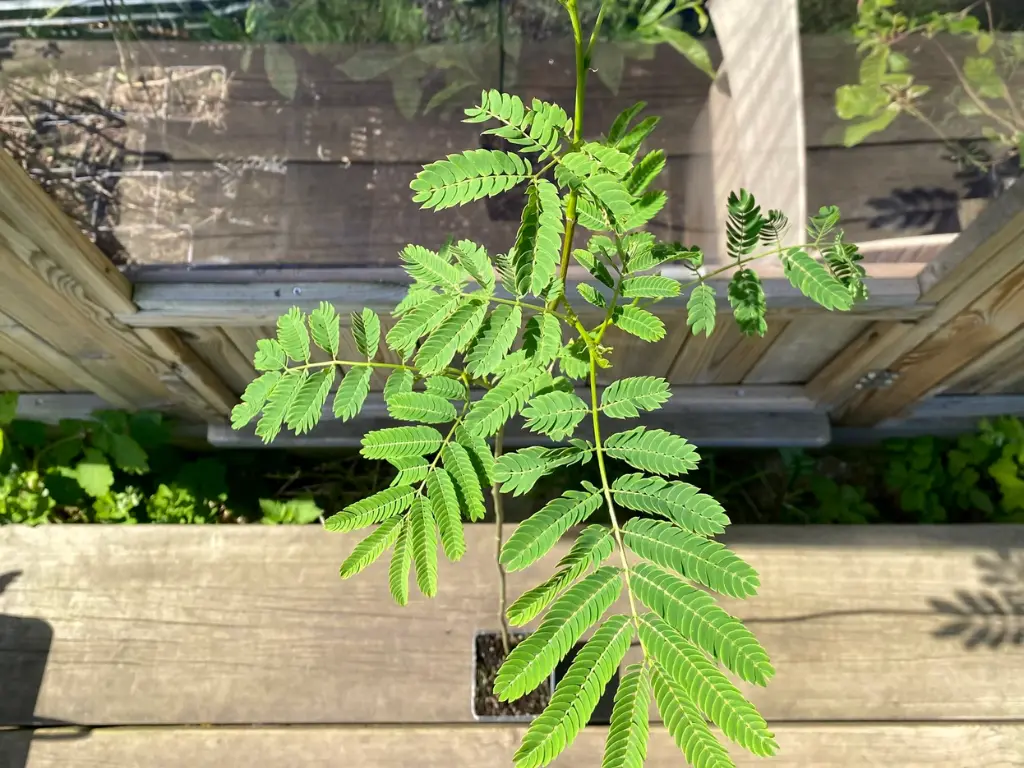
Where to Plant Your Persian Silk Tree
The Persian Silk Tree thrives in full sunlight and prefers well-drained, slightly acidic to neutral soil. It is best suited for USDA hardiness zones 6 to 9, where the climate is warm enough for the tree to flourish. If you live in colder regions or areas with frequent frost, the Persian Silk Tree may struggle to survive the winter.
When planting, make sure to choose a location with plenty of space for the tree to spread out. The Persian Silk Tree is known for its wide canopy, which can provide ample shade, making it an excellent addition to any garden or yard.
How to Care for Persian Silk Tree
If you’ve decided to plant a Persian Silk Tree, it’s important to follow these care guidelines to ensure that it thrives:
1. Watering:
The Persian Silk Tree prefers regular watering, especially during its first year of growth. After the tree is established, it can tolerate drought conditions. However, if you live in a particularly dry area, ensure that the tree receives enough water during the hotter months.
2. Fertilization:
While the tree can fix nitrogen in the soil, it still benefits from periodic fertilization, especially if the soil is poor. Use a balanced fertilizer in the early spring to promote healthy growth. Avoid over-fertilizing, as this can lead to excessive growth that weakens the tree.
3. Pruning:
Pruning is essential for maintaining the tree’s shape and removing dead or damaged branches. The best time to prune is in late winter or early spring before new growth begins. Be sure to remove any low-hanging branches to allow the tree’s canopy to develop properly.
4. Pest and Disease Control:
The Persian Silk Tree is relatively pest-resistant, but it can sometimes attract aphids, scale insects, or caterpillars. Regularly inspect your tree for signs of pests and take appropriate action, such as spraying with insecticidal soap or removing pests by hand. The tree is also susceptible to root rot if the soil is poorly drained, so ensure proper drainage to prevent this issue.
Is the Persian Silk Tree Invasive?
One of the biggest concerns when planting a Persian Silk Tree is its potential to become invasive. The tree’s seeds are easily spread by wind, and the tree is known to self-seed aggressively, which means it can quickly take over areas where it’s not controlled.
In regions like the southeastern United States, including Florida, Texas, and parts of California, the Persian Silk Tree has been classified as an invasive species due to its rapid spread. If you live in an area where the tree is known to be invasive, it’s essential to take steps to prevent it from spreading.
To control the spread of the Persian Silk Tree, consider planting it in a controlled environment, such as in a large pot, or regularly trimming it to prevent the tree from producing seeds. If you notice that the tree has started spreading to unwanted areas, remove the seedlings as soon as possible to prevent further growth.
Is the Persian Silk Tree Bee-Friendly?
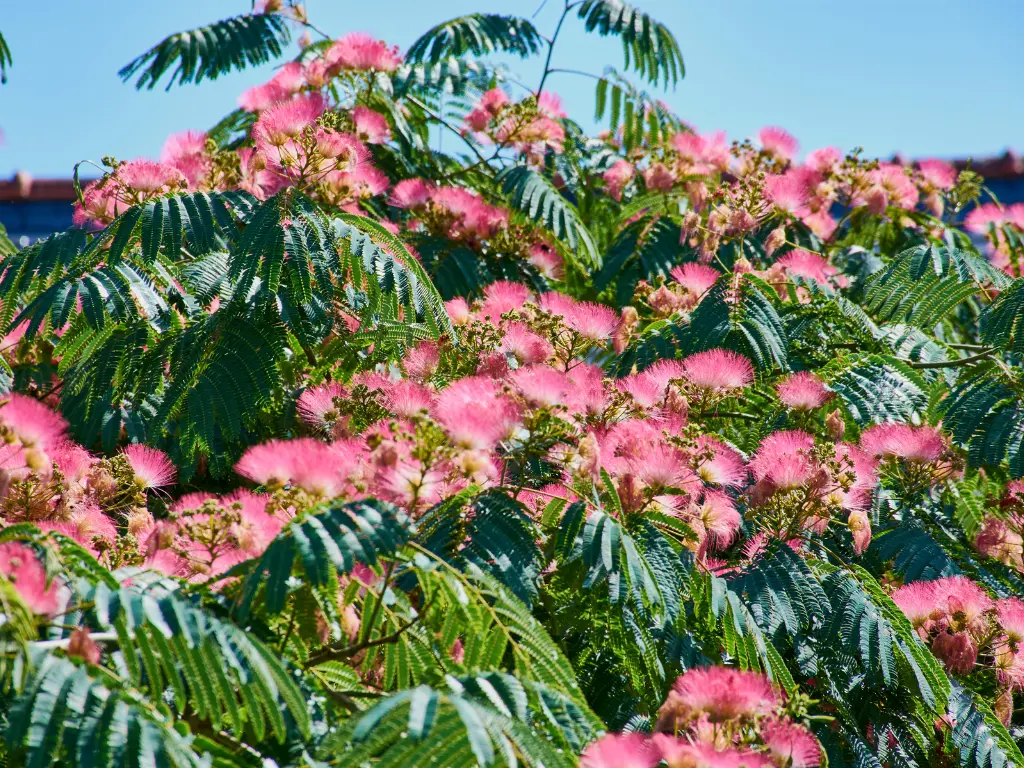
Yes, the Persian Silk Tree is bee-friendly! One of the major benefits of this tree is its ability to attract pollinators, particularly bees. The tree’s unique, fluffy pink flowers are rich in nectar, making it a popular destination for both bees and butterflies.
Bees play an essential role in the ecosystem by pollinating plants, which in turn supports the growth of fruits, seeds, and other plant life. As a result, planting a Persian Silk Tree in your garden can help support local bee populations and contribute to a healthy environment.
If you are interested in creating a pollinator-friendly garden, the Persian Silk Tree is an excellent choice. It provides a food source for bees during the summer months, a time when other nectar-rich flowers might be less abundant. However, always keep in mind that the tree’s invasiveness in certain areas may need to be managed to ensure it doesn’t spread uncontrollably.
By planting a Persian Silk Tree in a controlled and sustainable manner, you can enjoy the beauty of the tree while also supporting important pollinators like bees!
Are Persian Silk Trees Hardy?
Yes, Persian Silk Trees are generally hardy, thriving in USDA hardiness zones 6 through 9, where winters are mild to moderately cold. However, they are not tolerant of extreme cold. In colder regions, where temperatures drop below freezing, the tree may suffer frost damage to its branches and flowers.
If you live in a colder area, consider planting the tree in a protected location or growing it in a pot that can be moved indoors during winter. To ensure it thrives, plant it in a sunny spot and provide mulch around the base to protect the roots.
In warmer climates, the Persian Silk Tree will grow with minimal care, but in colder zones, some extra attention during winter will keep the tree healthy.
Is the Persian Silk Tree Safe for Pets and Humans?
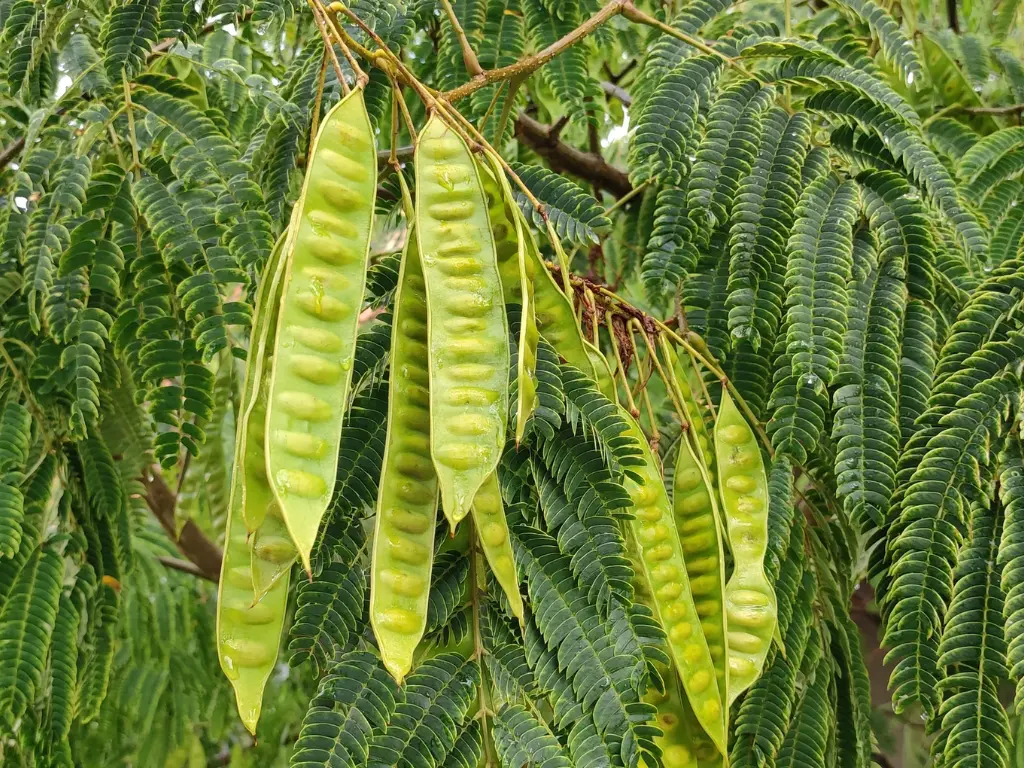
No, Persian Silk Trees (Albizia julibrissin) are not toxic to humans or animals. Unlike some ornamental trees, the Persian Silk Tree doesn’t contain harmful chemicals that could pose a danger to pets or children. However, it’s always a good idea to monitor pets around any plant, as some animals may have sensitivities or allergies to certain plant materials.
While the tree is safe, be cautious with its seeds, as they can be a choking hazard if ingested, especially by small pets. Otherwise, the tree is generally considered non-toxic and poses no significant health risks.
Conclusion
The Persian Silk Tree is a unique and beautiful addition to many gardens, providing both aesthetic and ecological benefits. However, if you live in an area where the tree is considered invasive, it’s important to manage it properly to prevent it from spreading uncontrollably. With the right care and attention, this tree can thrive in your landscape, adding color, shade, and beauty to your outdoor space.
If you’re looking for an ornamental tree that’s easy to grow and maintain, the Persian Silk Tree could be just what you need. Just be sure to keep an eye on its growth and take action if necessary to prevent it from becoming invasive.
Frequently Asked Questions (FAQ)
-
How fast does the Persian Silk Tree grow?
-
The Persian Silk Tree is a fast-growing tree, often reaching up to 6–12 meters in height within a few years under optimal conditions.
-
-
Can the Persian Silk Tree be grown in a pot?
-
Yes, the Persian Silk Tree can be grown in a large pot, making it a great choice for small spaces or controlled environments.
-
-
Is the Persian Silk Tree safe for pets?
-
While the Persian Silk Tree is not toxic to pets, it’s always a good idea to monitor your pets around any plant, as some may have sensitivities to plant material.
-
-
How do I control the spread of Persian Silk Tree if it’s invasive?
-
Regularly prune the tree to remove seed pods, and pull out any seedlings to prevent further spreading. If the tree is growing uncontrollably, consider removing it and replacing it with a non-invasive species.
-

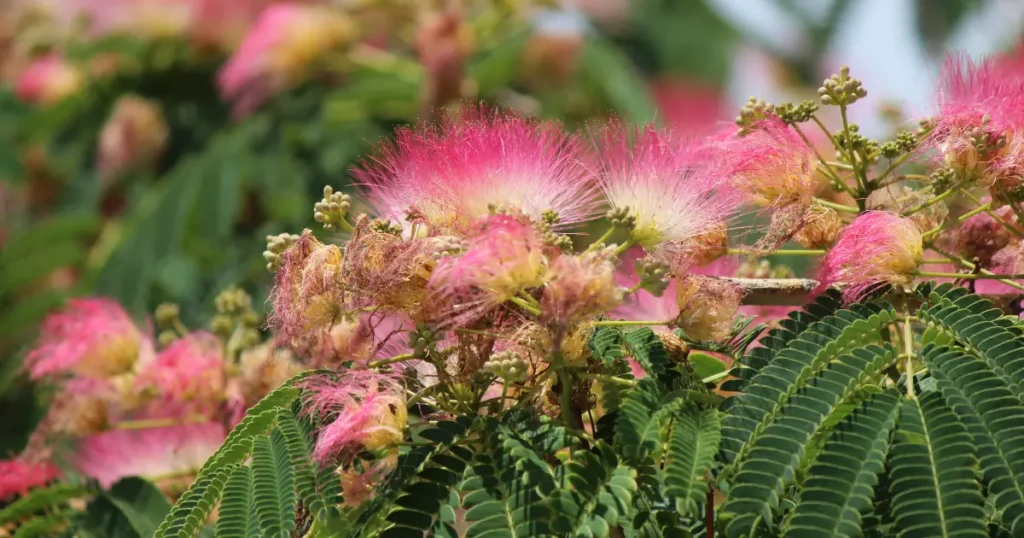
7 Vegetables to Plant in December for a Bountiful Winter Harvest
Winter gardening is a challenge many new gardeners shy away from. But if you’re among [...]
Dec
9 Common Christmas Cactus Problems and How to Fix Them
Have you ever walked past your Christmas cactus and wondered why it suddenly looks sad? [...]
Nov
Swedish Ivy Care: How to Grow a Healthy, Thriving Plant
Have you ever looked at your Swedish Ivy and wondered why the leaves are turning [...]
Nov
Avoid These 10 Garlic Planting Mistakes for Bigger, Healthier Bulbs
Growing garlic at home is one of the most satisfying things a gardener can do [...]
Nov
How to Prevent Christmas Cactus Bud Drop: Tips for a Healthy Bloom
Have you ever noticed your beautiful Christmas cactus (Schlumbergera) starting to lose its buds just [...]
Nov
Discover 7 Stunning Types of Night-Blooming Cereus
Have you ever waited for a flower that only opens at night and then disappears [...]
Nov